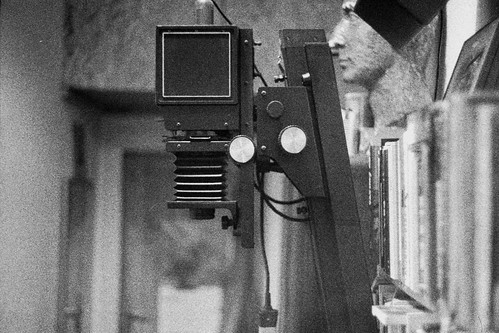Difference between revisions of "VI Photo Enlarger"
m (removed Category:Darkroom using HotCat) |
Hanskerensky (talk | contribs) m (→Links: Added (archived)) |
||
| (One intermediate revision by one other user not shown) | |||
| Line 29: | Line 29: | ||
==Links== | ==Links== | ||
*[https://blog.camera-wiki.org/2012/05/11/vivitar-historical-research-part-2/ Vivitar Historical Research]: Part 2 | *[https://blog.camera-wiki.org/2012/05/11/vivitar-historical-research-part-2/ Vivitar Historical Research]: Part 2 | ||
| − | *[https://archive.org/details/Darkroom_Photography_Volume_01_Issue_02_1979_05_Sheptow_Publishing_US Vivitar review] on Darkroom Photography - Volume 01 Issue 02 (1979-05)(Sheptow Publishing)(US) | + | *[https://archive.org/details/Darkroom_Photography_Volume_01_Issue_02_1979_05_Sheptow_Publishing_US Vivitar review] on Darkroom Photography - Volume 01 Issue 02 (1979-05)(Sheptow Publishing) (US) (archived) |
[[Category: Vivitar]] | [[Category: Vivitar]] | ||
| − | [[Category: | + | [[Category:Enlargers]] |
Latest revision as of 05:57, 26 January 2024

|
| Vivitar VI enlarger with condenser head image by Bohdan Bobrowski (Image rights) |
Vivitar VI Photo enlarger was a modular enlarger designed and made by Vivitar from 1978. It could use a monochrome or color head, and cover formats up to 6x9cm
Vivitar decided to design their own enlarger that looked to solve the problem of heat reaching the negative, and a group of engineers in Inglewood, CA took on the task. Vivitar’s unique solution to the heat problem was to use a “dioptic light source”. The heat from the lamp was effectively insulated by using a "light pipe" made of glass which transmitted the light from the dichroic head to the negative. By having that "light pipe" there were 2 optical components and thus dioptic. The results were very good in regards to heat, but careful alignment was needed to avoid vignetting in larger negatives.
It was also provided with a condenser head for BW work, which has 2 fixed and 1 movable condenser to provide optimal light uniformity for 50 or 80mm lenses. It uses standard bulbs; which can be replaced with LED bulb for Black and White enlargements. A big drawback is the lack of a VC filter drawer, and thus these filters should be placed under the lens.
The enlarger itself is very tall, with a inclined column of about 1.1m allowing enlargements of 32X (768x1152mm) with a 50mm lens. The head moves smoothly, and can be tilted +/- 30° and resetting to the normal position is very easy.
The negative carriers were plastic, and had a groove to keep them flat and allow the user to rotate and align.
References
- Brochure in high quality by Peter D'Aprix [1]
- Modern Photography’s August 1978 review of the Vivitar VI enlarger
- Ollinger's Guide to Enlargers
Links
- Vivitar Historical Research: Part 2
- Vivitar review on Darkroom Photography - Volume 01 Issue 02 (1979-05)(Sheptow Publishing) (US) (archived)